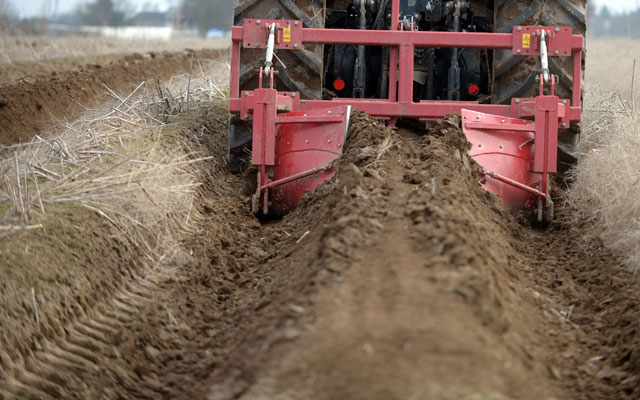Disturbing Reports Show Problems of Farm Bill “Logrolling”
Rachel Sheffield / Daren Bakst /
As the farm bill debate presses on, recent reports clearly show why separating farm programs from food stamps is so important.
After the House took the step of separating food stamps and farm programs into two bills, it put them back into one bill for negotiations with the Senate. The House, however, did take the important step of at least ensuring that food stamps and farm programs would eventually be separated by authorizing them for different periods of time: food stamps for three years and farm programs for five.
The purpose of separation is to ensure that food stamps and farm programs are debated on their own merits. The farm bill has historically combined food stamps with agricultural programs in order to develop a broad coalition that can pass these programs into law. Many legislators who want to get their favored program passed will vote for the farm bill even if they don’t get reforms in other areas of the farm bill.
Because legislators don’t want to undermine the chances of getting their favored program enacted, reform of either food stamps or agriculture programs is unlikely: The American people pay while special interests flourish. Through this “logrolling,” legislators are able to avoid accountability for a vote on food stamps by pointing to the need to support or oppose farm programs, and vice versa.
While the House did combine food stamps and farm programs again, the goal of separation should be preserved when legislators analyze the farm bill. Food stamps and farm programs were presumably put back together for conference, where the House and Senate work out differences between their farm bills. Even if they are combined back together, food stamps and farm programs should be analyzed on their own merits.
Media reports suggest that problematic compromises may be made due to this logrolled legislation. News outlets report that much needed food stamp reforms are being pushed aside, including the elimination of broad-based categorical eligibility that allows individuals with unlimited assets to be eligible for food stamps.
The House bill would have resulted in a modest 5 percent savings of $40 billion over the next 10 years. The original Senate proposal included a meager $4 billion in savings—roughly one-half of one percent—over 10 years, meaning far fewer reforms. The media reports that conferees are now looking at about $9 billion in food stamp savings, indicating that the House would be giving in to the Senate on food stamp reform.
When it comes to the farm portion of the farm bill, there is more bad news. Both the House and Senate agreed to cap the total payments received under commodity programs to $250,000 per farm, which is still overly generous. There have been reports that some farm bill negotiators are seeking to take the extreme step of removing even this minor reform—which was included in both bills.
Despite being rolled back together, lawmakers must not forget the importance of enacting sound reforms for both food stamps and farm programs.

